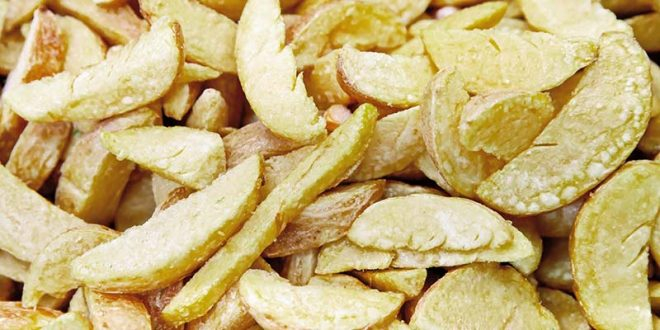The first seven months of 2021 A-INSIGHTS’ frozen potato aggregated statistics show that the global trade volumes stabilize at above pre-COVID levels, while prices remain pressured, with a 4.7% downwards trend.
According to Jeroen Lustig and Floris van der Pijl, both analysts with A-INSIGHTS, even though Belgium and the Netherlands will continue to experience pressure on export prices, with a below-average harvest and increased raw potato prices, the negative price effect is expected to phase out in the coming months.
“Global frozen potato trade volumes have stabilized in July, with the year-to-date volume remaining 0.5% above the pre-COVID of 2019. Compared to July 2019, the monthly trade volume was down 0.3%, driven mainly by a 7.6% decline in exports from Belgium and a 6.2% decline in exports from the Netherlands. North American producers managed to up the monthly export volumes, but not aș significant aș the more than doubled exports from India. The sharp increase in exports from India is primarily related to the Philippines (+1,500 tons),” the experts added.
A Decline of UK Frozen Potato Imports
A significant part of the export decline for both Belgium and the Netherlands is caused by reduced imports from the UK. Imports by the UK have been below pre-COVID levels for most of 2021, due to which the year-to-date volume (400,600 tons) is over 20% below the level of 2019 (509,300 tons).
“With most of the social restrictions in the country eliminated, the reduced import appears to be an effect of the new trade situation after the country’s departure from the European Union (EU),” according to the A-INSIGHTS report.
Significantly Cheaper Priced US Imports from Belgium
Traditionally, US imports are supplied mostly by Canadian producers and at a YTD export volume of 598,000 tons on the total YTD import volume of 694,000 tons, the Canadian share remains large.
Nevertheless, the considerably cheaper priced exports from Belgium are gaining share, the two analysts wrote in their report.
“Where the country exported 1,000 tons between January and July in 2018, the export volume for the same period in 2021 has increased to 66,000 tons. With container rates inflating costs for intercontinental export, Belgian producers will see part of their cost advantage disappear, but with a price difference of EUR0.24/kg the gap to bridge is substantial,” they mentioned.








